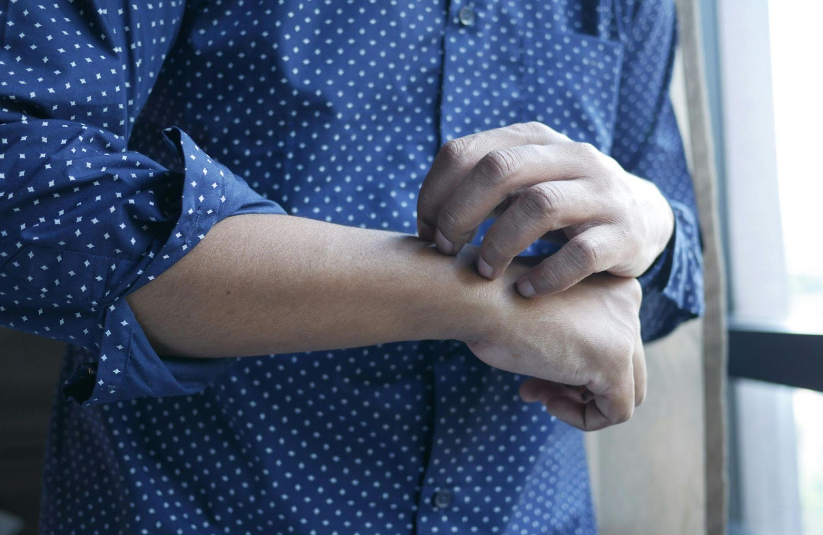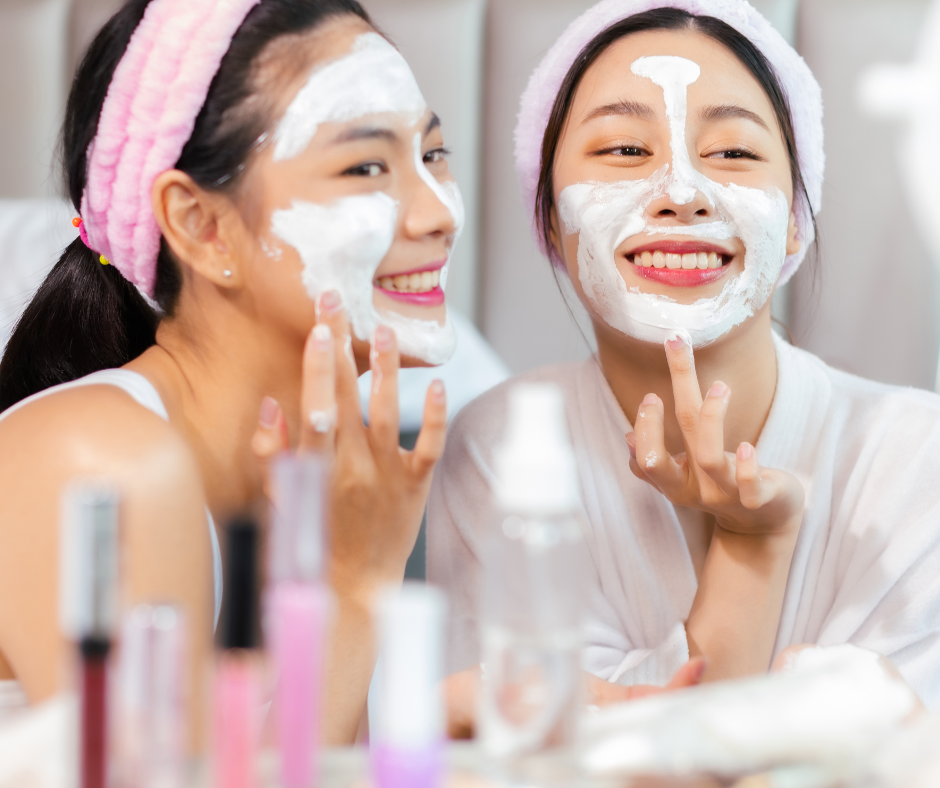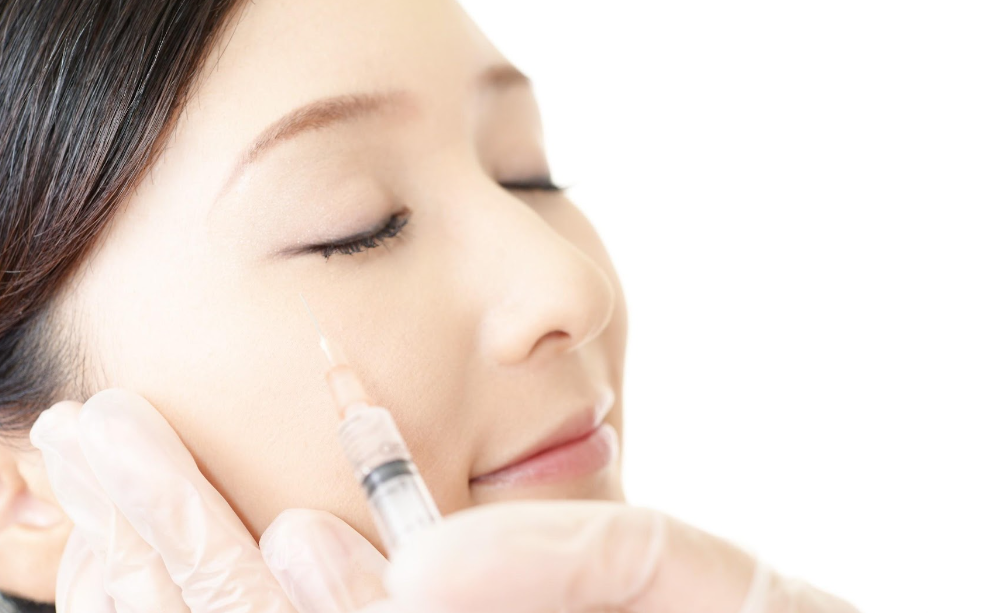Everything You Need to Know About Milia: Types, Causes, Prevention, and Treatment
Everything You Need to Know About Milia: Types, Causes, Prevention, and Treatment
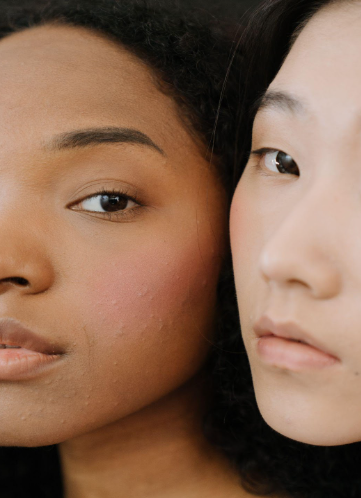
Have you ever noticed a few tiny-sized bumps, either white or yellow, around your nose area, cheeks, or the skin surrounding your eyelids? Milia is the medical term for those pesky bumps, which are small cysts forming under the skin. They occur when little dead skin flakes or the protein keratin get stuck underneath the skin and grow to a size of one to two millimeters. Usually, newborns are more vulnerable to having milia, although anyone of any age, gender, or ethnicity can get them.
If you are concerned about milia, this comprehensive guide is just for you. Read on to understand all aspects of the skin condition. Let’s delve deeper into it and understand the causes, types, prevention, and treatment techniques associated with milia.
What Causes Milia?
Milia is caused by dead skin cells that become trapped beneath the layer of your skin and form cysts. Your body will inevitably lose dead skin cells to make way for fresh cells to proliferate and replace the ones lost. This process is called exfoliation.
When dead skin cells do not shed naturally from the body, new skin cells develop on top of them and trap the dead cells underneath as they do so. Your dead skin cells begin to stiffen and form cysts around your nose, cheeks, trunk, limbs, and chest area.
Milia could also emerge due to other factors, including:
- An injury or prolonged exposure to the sun, causing skin damage
- Consumption of steroid creams or ointments for an extended period
- A symptom of a hereditary disease or deficiency
- An autoimmune response
- Not practicing an appropriate skincare routine
- Using makeup or cosmetics that block your pores
- Not getting enough sleep
- You suffer from a skin ailment such as eczema, rosacea, or dandruff
Types of Milias
Here are the most prominent types of milia recognized in medical settings.
1. Neonatal Milia
It's estimated that up to half of all newborns can have milia. They typically vanish on their own after a few weeks. The nose is the most common location for neonatal milia, but it can also show up on the scalp, cheek, upper trunk, and inside the mouth.
Remember that neonatal milia and neonatal acne are two distinct conditions. Milia is often of a consistent size and does not have any redness, in contrast to the white bumps of neonatal acne, which can fluctuate in size and are frequently accompanied by redness.
Milia may already be apparent from birth, although neonatal acne typically does not show up until around two weeks following birth.
2. Primary Milia
The forehead, eyelids, genitals, and cheeks are typical locations for primary milia to appear. Primary milia can affect people of any age, including children and adults. They might go away on their own after a few weeks, but they might also stick around for a few months if no treatment is provided. Also, they can show up at the nasal crease in young toddlers.
3. Milia en Plaque
This condition results in many milia being found clustered around a broader, flatter region that is elevated above the skin that surrounds it. Such skin patches or plaques typically have distinct borders that can be precisely defined. Milia en plaque can infect people of all ages. However, it is most common in middle-aged women. The typical spots for its appearance are on the eyelids, face or jaw, and behind the ears.
This issue is pretty rare and is mainly linked to a variety of other skin conditions, such as:
- Pseudoxanthoma Elasticum
- Lichen Planus
- Discoid Lupus Erythematosus
4. Multiple Eruptive Milia
It is also a rare form of milia, characterized by the gradual appearance of many bumps in the same region over a few weeks or months. In many cases, this is the sole symptom. However, the affected region could also feel a bit irritated or itchy. Such milia are most likely to develop on the upper arms, upper trunk, and face.
5. Traumatic Milia
This condition, which follows an injury to the skin, is also known as secondary milia, and it may involve the following:
- Skin resurfacing methods, such as laser resurfacing, dermabrasion, etc.,
- Prolonged exposure to sunlight
- Blistering that occurs as a result of an allergic reaction or skin condition
How Can You Prevent Milia?
Although there is no foolproof way to avoid getting it, milia and other skin conditions can be avoided by taking appropriate care of your skin as an adult.
Use Moisturizers and Sunscreens
Always protect your skin from the sun and keep it moisturized. Milia is a condition that frequently results from overexposure to the sun. Your skin will eventually grow leathery, making it more problematic for the dead cells to shed off.
Regularly applying sunscreen and moisturizer will make your skin radiant and flexible, letting it repair and replenish itself as it should. Always remember to use sunscreen—even when it's cold outside—especially if you spend a lot of time indoors near a window.
Steer Clear of Heavy Ointments and Creams
These can cause your skin to become irritated and block your pores, preventing your body's natural exfoliation process.
Make Sure Your Face Is Neat and Clean
Your skin pores will become clogged due to the accumulation of dirt and sweat. Acne and other skin issues may develop as a result of this. Cleaning your face of the dirt and oil that accumulates throughout the day will help your skin to exfoliate naturally. Keeping your face cleaner and fresh will assist your skin in shedding the dead cells that accumulate there.
Educate Your Child
If both you and your children have a history of milia eruptions, make sure your kids understand the significance of taking care of their skin. Good habits are best inculcated by young. When your kids are old enough to understand, show them how to shield themselves from the sun rays, including how to apply sunscreen, how to use caps and other protective clothes.
How Can You Get Rid of Milia?
As a purely cosmetic problem, milia are nothing to be overly concerned about; they don't cause scarring, don't typically result in further issues, and often disappear on their own with time. However, many people who develop milia on their faces aren’t quite happy with them and can benefit from treatment.
Treating Milia at Home
Although a plethora of home remedies are available for milia, there’s no better alternative to seeking professional help. Although no treatment guarantees to eliminate milia immediately every time, these procedures generally have a low risk of side effects.
For example, cinnamon, honey, and rose extracts have all been shown to have antibacterial characteristics. These properties may make them helpful in treating a variety of skin conditions. However, there is little research on the efficacy of these treatments for milia.
Here are some good practices to help prevent and manage milia.
- Clean the target spot daily. Use a mild soap to avoid irritating your skin while cleaning. Ideally, you should prefer to buy soaps developed for people with sensitive skin.
- Open up your skin pores with steam. Taking a steamy shower while bathing is a great way to open up the pores.
- Periodic exfoliation is key. Exfoliation of the affected area is highly recommended. However, you should avoid exfoliating too frequently, as doing so daily can aggravate skin irritation.
- Use topical retinoids. These are derived from Vitamin A and come in the form of creams or gels in the market. While topical retinoids are intended for the treatment of acne and other skin conditions, they might also serve you well in the case of milia.
- Use sunscreen. As discussed, sunscreen is a preventive measure and a treatment. Try using sunscreen with an SPF of 50+ to achieve the best protection and results.
One thing to remember is that you should prevent yourself from scratching or plucking milia at all costs. Interfering with the healing process in this way raises the possibility of infection and may result in long-term scarring.
Professional Treatment Options for Milia
Several effective clinical treatments have been developed to try to get rid of milia. Some of these are:
- Curettage: The dermatologist will numb the region, eradicate the milia by ‘scooping’ it up, and then use a hot wire to seal the skin.
- De-roofing: The milia are removed by a specialist using a sterile needle or blade.
- Cryotherapy: Liquid nitrogen is employed in this process to remove the milia. Possible side effects include blistering and swelling, which should clear up in a few days.
- Minocycline: This oral antibiotic is effective against milia en plaque and other types of milia.
Except for minocycline, which is a medication, all these procedures can potentially cause scarring although they only last for a short span of time. Long-term scarring or other serious side effects are very rare.
Conclusion
Having milia isn't necessarily harmful to your health, but you're certainly not alone if you're concerned about them appearing on your skin. The experts at Pine Belt Dermatology are here for you. Ask us about any concerns you may have or learn more about this issue. Get in touch with our professionals for more information.




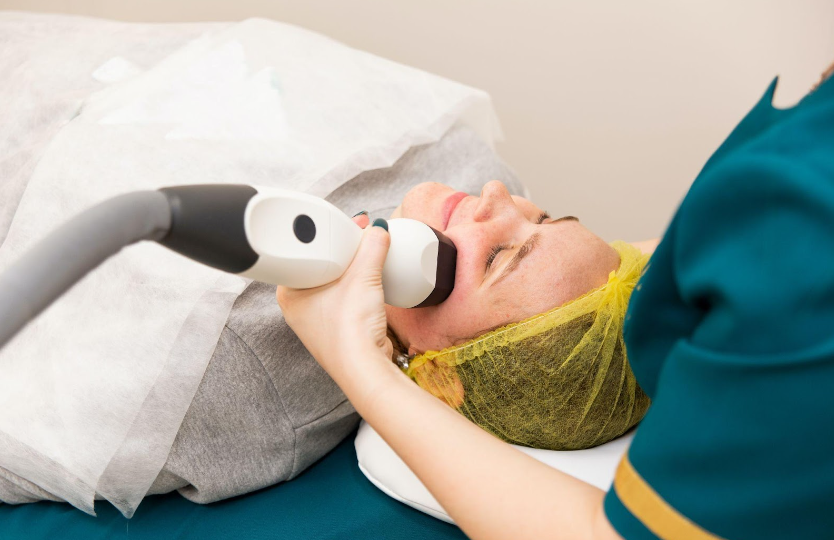

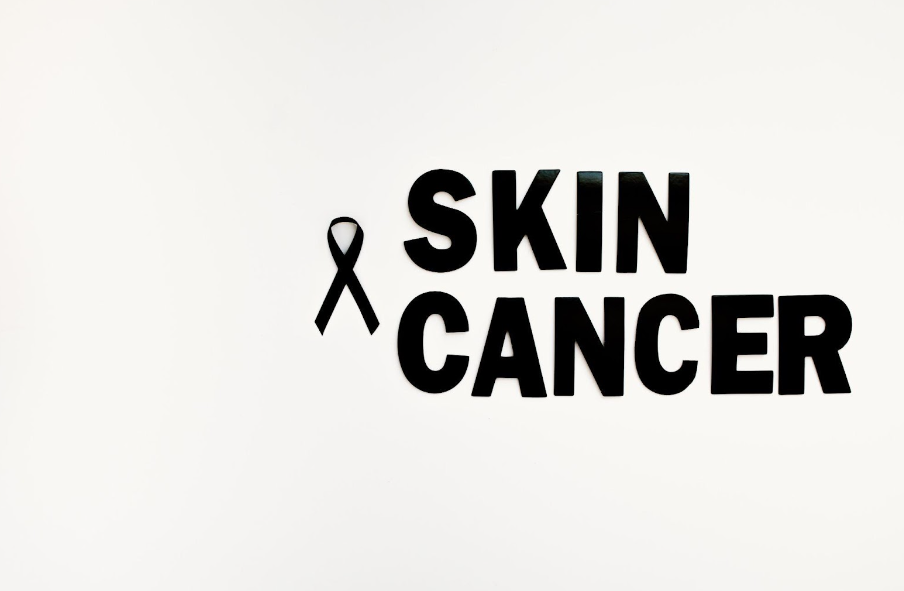
Phone:
Address:
Hours of Operation:
Mon-Fri: 8:00am to 4:30pm
Phone:
Address:
Hours of Operation:
Mon-Fri: 8:00am to 4:30pm

